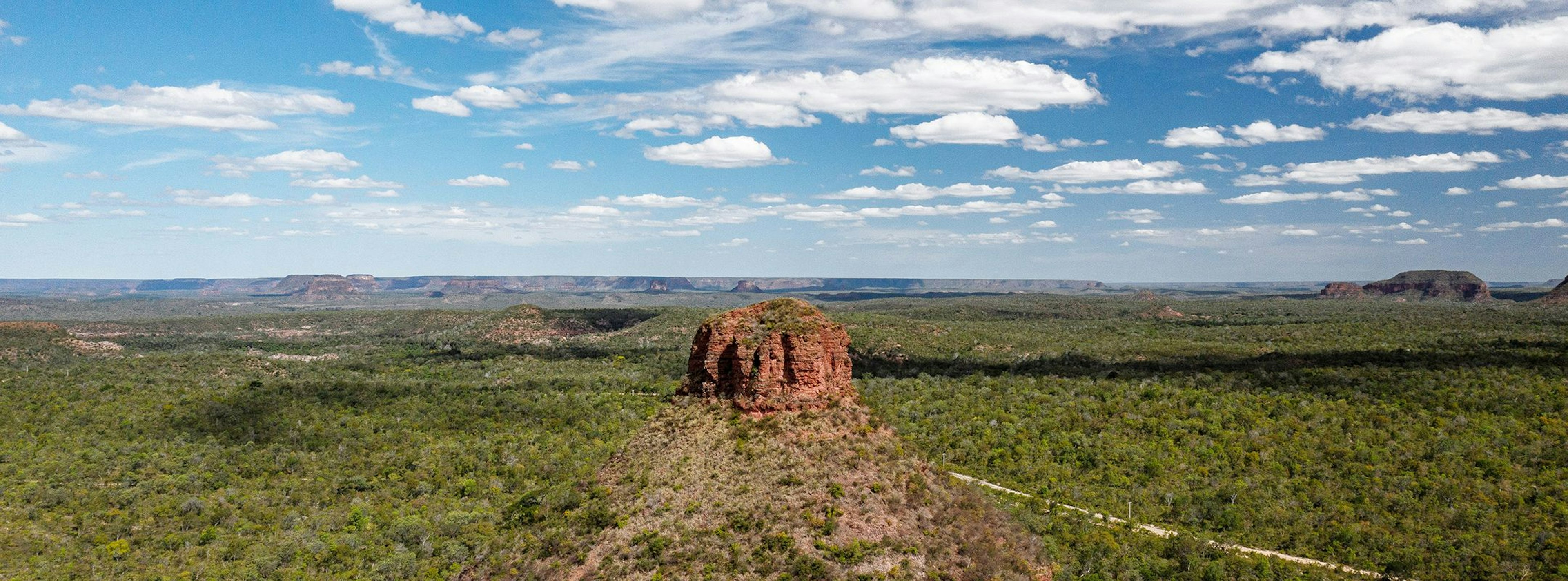EU urged to widen deforestation law
7 Jun 2022
5 min read
A narrow focus on protecting forests could increase pressure on other ecosystems in South America where most of the EU’s commodity-driven deforestation exposure is found.

Cerrado landscape // Victor Moriyama for Rainforest Foundation